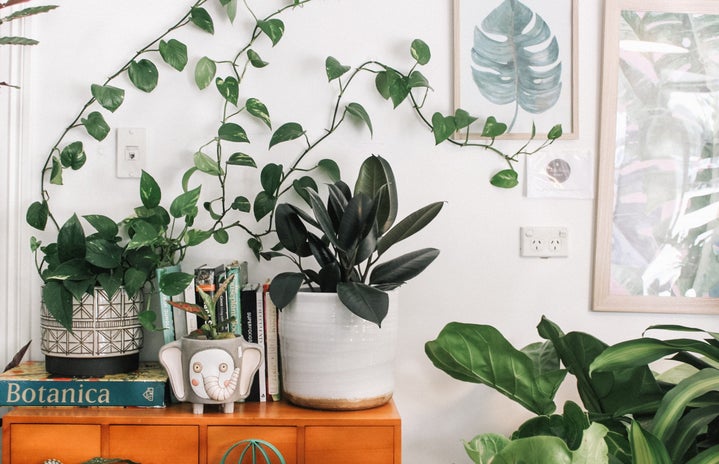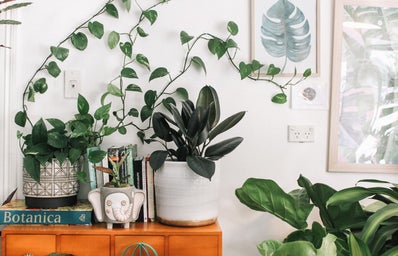Being a plant mum can be a very fruitful hobby especially when your “children” start sprouting more leaves. However, some may be hesitant about purchasing one in fear of them dying. Like all living things, plants also have to be cared for and only thrive when given proper conditions from lighting to humidity. Caring for another living thing may be daunting to newbies so here’s a list of things to consider before buying your first plant child.
- Know where your windows are facing
-
Depending on the amount of light, you should choose a plant that favours the conditions of your home. Certain plants love bright, direct light while others thrive in low light conditions. You can get a gauge of the amount of light in your space by finding out the direction your windows are facing using a compass. These are usually divided into North, East, South and West facing windows.
North-facing windows:
– The most ideal for indoor low-light plants as there is no direct sunlight.
– Some plants that will love these conditions are Prayer Plants, Snake Plants, Fittonias and Spider Plants.
East-facing windows:
– Great for plants that prefer bright indirect light as it receives brief hours of morning sunlight and then indirect light for the rest of the day.
– Plants that will thrive in these conditions are Fiddleleaf Figs, Butterfly Palms and Peperomias
South-facing windows:
– These windows receive intense amounts of sunlight which may not be great for indoor plants with soft leaves.
– A tip for south-facing windows is to have blinds or curtains on them for when the room gets too bright.
– Hardier plants like cactus and succulents can sustain the light conditions of these windows.
West-facing windows:
– These windows can get pretty intense light in the afternoons that may scorch leaves of some plants.
– Plants that will enjoy these conditions are Jade Plants, Aloe Vera and Kalanchoe.
- Understand the climate of your space
-
Plants have their preferences on the type of climate they can flourish in. That is why it is important to understand your environment before purchasing a plant child. Look out for any vents in the area such as air-conditioning or heaters. Placing plants too close to the intense temperatures of these vents could damage them.
With Singapore’s high levels of humidity, certain plants like Calatheas, Begonias and Ferns will thrive in this environment. If you’re looking to purchase one of these plants you might want to think about investing in a humidifier if your space circulates dry air. Tip: a great spot for humidity loving plants is the bathroom!
- Know what plants are toxic to animals
-
If you have any pets in your home, it’s important to know the plants that could be toxic to your fur kids. Whether you have a dog, cat or a hamster, ingesting certain plants could potentially be fatal to your pets. Some common indoor plants that are toxic to animals are Alocasias, Golden Pothos, Zz Plants, Aloe Vera and the Arrowhead Plants. Before purchasing a plant, do a quick search on the internet to check if it is safe for animals. Or you could place the plant in a spot where your fur child can’t reach like a hanging basket.
- Be realistic about your schedule
-
Your plant kid may not need as much looking after than an actual child, but certain plants are needier than others. Before picking a plant to look after, be realistic about how much free time you have and how organised you are. If you have a busy schedule and can get forgetful, a high-maintenance plant will definitely not appreciate you. Instead, opt for plants that only require weekly to bi-weekly waterings. Low-maintenance plants can tolerate under-watering and will pop back up again once they’ve been watered. If you live a hectic life, some easy plants to care for are Pothos, Snake Plants, Zz Plants and Philodendrons.
Becoming a plant mom can be pretty addictive (from personal experience). From just one plant your collection could expand to 10 within a few months (guilty). However, it’s good to always get your foundation right before caring for more plants and hopefully, these tips will help you get started on your plant collection!


